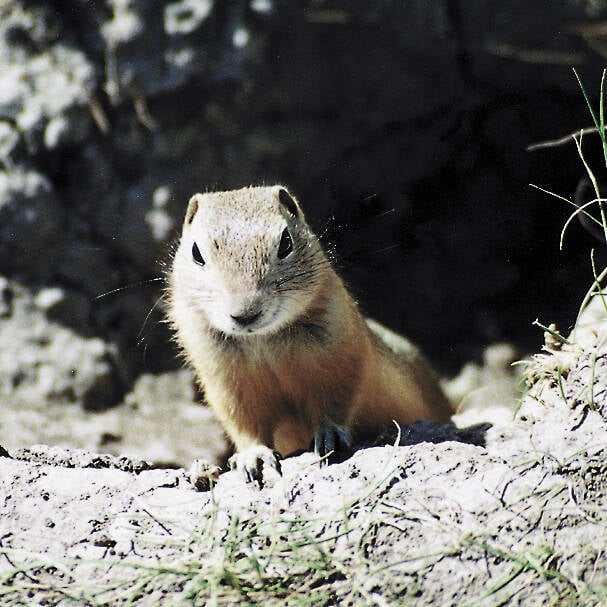Algae control could be an issue for many prairie farmers in a year likely to feature standing water.
They might even be blue about it.
Adding blue dye to dugouts and other standing water is one answer to algae and weed control. Various types of pond colourants are available.
The types that Alberta Agriculture recommend are non-toxic and present no risk to livestock or fish.
The idea isn’t new, but the department sends annual reminders to farmers and ranchers about the option.
Read Also

Sask. ag group wants strychnine back
The Agricultural Producers Association of Saskatchewan has written to the federal government asking for emergency use of strychnine to control gophers
Dan Watson, an aquaculture biologist with Alberta Agriculture, said adding dye to standing water is effective against algae and weeds because it interferes with plant photosynthesis.
Certain types of algae are harmful to livestock, and weeds can interfere with pumps and water flow.
Blue dye acts as a light filter, restricting the blue light critical for plant growth.
“The same is true for the mats of algae that first begin to grow on the pond’s bottom and then suddenly surface in the warm summer’s heat,” the government said in a news release.
“With the dye in the water, they cannot grow and the bottom of your pond remains bare and algae free.”
Watson said producers have had success with True Blue Lake and Pond Dye, which comes in easy-to-handle packages. A $25 package can treat 250,000 to 325,000 gallons of water.
Other dyes are available in liquid concentrate.
“Be very careful,” Watson said. “Wear some old jeans because if the package does tear or anything, it is quite strong dye and you’ll be blue for a couple days if you get it on yourself.”

















